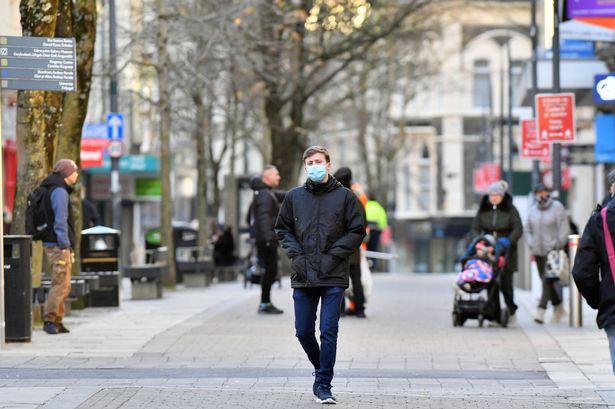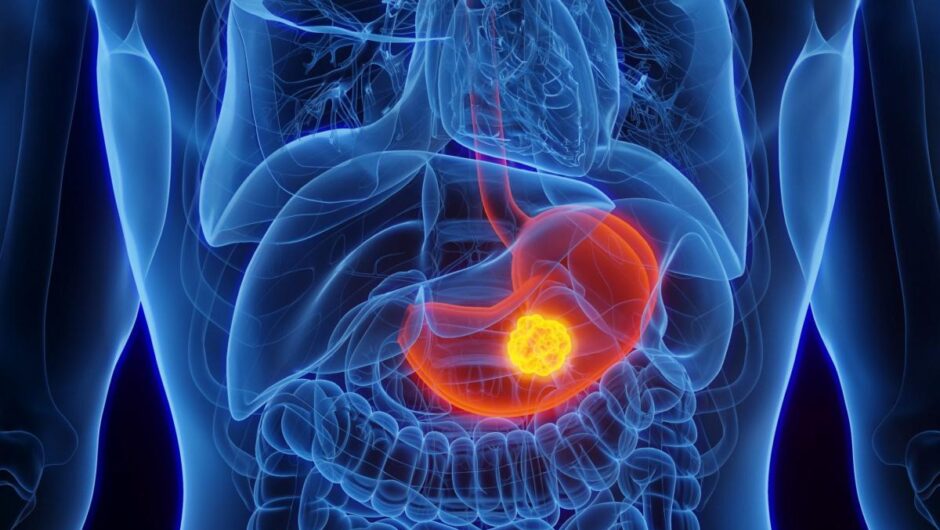[ad_1]
Cases, hospital admissions and those needing the most intensive treatment for coronavirus in Newport have fallen dramatically in recent weeks.
Figures from Stats Wales and Public Health Wales show that the number of cases, hospital admissions and people needing intensive treatment for the virus are falling.
Throughout the pandemic, Newport has consistently reported some of the highest daily case numbers.
But behind the daily figures released each day, there are other important numbers to consider.
We’ve taken a look at the key figures for Newport and the Aneurin Bevan University Health Board area – cases, infection rates, hospital admissions and hospital beds being taken up by Covid-19 patients – to give a fuller picture of the current situation.
Daily cases and rate per 100,000
Since mid-December, even before the country went into lockdown, the rolling average in Newport has been slowly falling.
Since December 1, the number of daily cases peaked at 242 on December 14 and the daily number has not risen above that since.
After posting daily case numbers in the triple figures regularly before Christmas, the last time daily cases were over 100 was on January 6, when there were 128 cases.
And since January 19, daily cases in Newport have been under the 50 mark.
The rolling average has also been falling steadily, from a peak in December of 799.8 to just 27.8 on February 22 this week.
The areas with the highest case numbers
In recent months hyper-local data has shown a number of ward areas in Newport displaying a high number of cases.
However, this data is volatile as a small number of cases can affect the rate of infection quite severely, so you should be careful about drawing too many conclusions from it.
According to the most recent seven-day rolling average up to February 19, a number of areas including Lawrence Hill (155.3), Beechwood (147.7) and Pillgwenlly and Docks (147) all have rates of more than 100 per 100,000 people.
However, looking beyond the infection rate, all areas of Newport have seen a fall in the number of cases every week.
In the seven days to February 19, most areas recorded cases in the single digits. This shows that there are a low number of new cases being recorded every week in Newport at the moment.
Tests
From a peak of 1,004 tests carried out in Newport on December 14, the number of daily new tests has fallen.
This is to be expected as the number of cases drops.
The last day more than 500 daily tests were carried out was January 7, when 533 tests were done. To compare, only 114 were carried out on February 24.
Hospital admissions
The number of Covid-related hospital admissions in the health board area reached its highest point on January 12, when there were 45 admissions.
Since then, the numbers have generally dropped and have remained relatively consistent, mostly staying in the 20s and 30s.
Apart from a handful of days, the numbers have generally been lower again in February compared to January, with another slight drop in the past week.
This shows that the number of people being admitted to hospitals in the area with either suspected or confirmed Covid-19 is heading in the right direction.
General and acute beds
Across all hospitals in the health board area, there are about 1,737 available general and acute beds.
While the number of beds taken up as a whole has remained mostly consistent, the number of beds taken up by Covid-19 patients started to fall in January.
From a high point of 668 on December 29, on February 12 the number of Covid-19 beds fell below the number of vacant beds – and has mostly remained below it.
This shows that within the non-critical capacity of the hospitals, the virus is putting less pressure on those areas of the hospitals.
Invasive beds
Perhaps an even more important indicator as to the impact of the virus on hospitals is the strain on invasive beds – those where intensive or critical care is required.
There are usually around 152 critical care beds in Wales, including normally about 24-32 in the Aneurin Bevan University Health Board area.
The number of these beds being taken up by Covid-19 patients was extremely high in January.
On January 18 for example, when there were 32 invasive beds in total, 26 of those were Covid-related and only 6 were non-Covid related.
Sign up to the NewportOnline newsletter to receive our top stories straight to your inbox.
It takes just seconds to sign up – simply click here, enter your email address and tick the box for ‘Newport’s Top Stories’. You can also subscribe to tailored content for rugby, politics, Swansea, Cardiff City FC, Swansea City FC and more.
Changed your mind? There’s an ‘unsubscribe’ button at the bottom of every newsletter we send out.
In fact, between January 12 and February 5 inclusive, there were no vacant invasive beds at all.
But since January 20 the number of Covid-related invasive beds has fallen, and since the middle of February the numbers of Covid and non-Covid patients being treated in critical care has been almost on par.
There is still a lot of pressure on critical care units – for much of this month no beds have been vacant. But crucially, the number of those which are Covid-related has dropped considerably from often over 20, to sometimes only half of that.
This means that while critical care units are still under pressure, the effects of the lockdown are starting to be reflected in the lower number of Covid patients requiring the most intensive treatment in hospitals.
[ad_2]
Source link







